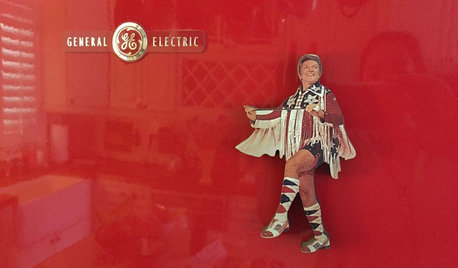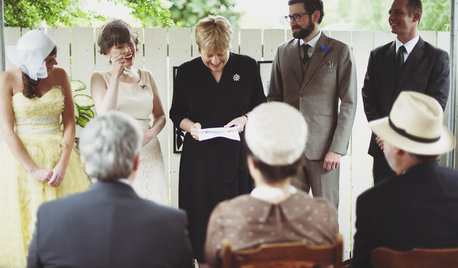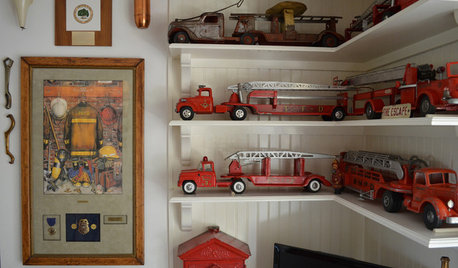Older Calling Younger
mudinmyshorts
15 years ago
Related Stories

KITCHEN DESIGNHouzz Call: Tell Us About Your First Kitchen
Great or godforsaken? Ragtag or refined? We want to hear about your younger self’s cooking space
Full Story
DECORATING GUIDES7 Tips to Sell Your Home Faster to a Younger Buyer
Draw today's home buyers by appealing to their tastes, with these guidelines from an expert decorator
Full Story
UNIVERSAL DESIGNHow to Light a Kitchen for Older Eyes and Better Beauty
Include the right kinds of light in your kitchen's universal design plan to make it more workable and visually pleasing for all
Full Story
HOLIDAYSHouzz Call: Share Your Personal Holiday Traditions
What winter rituals mean the most to you and yours? Post your stories and pictures
Full Story
KIDS’ SPACESHouzz Call: Show Us Your Gen Z Rooms!
Teens: How have your designed your room? Please share your ideas for your ultimate home hangout space
Full Story
FUN HOUZZHouzz Call: What’s on Your Refrigerator?
Magnets, menus, children’s art, coupons, perfect-attendance certificates, song lyrics — what is fridge-worthy in your house?
Full Story
PETSHouzz Call: Send in the Dogs
Have the greatest dog in the world? Share your best design photo featuring the dog you live or work with
Full Story
WEDDINGSHouzz Call: Show Us Your Backyard Wedding!
Did you say ‘I do’ at home? We want to hear and see everything about it. Share your photos and you could be featured in an upcoming ideabook
Full Story
DECORATING GUIDESHouzz Call: What Home Collections Help You Feel Like a Kid Again?
Whether candy dispensers bring back sweet memories or toys take you back to childhood, we'd like to see your youthful collections
Full Story
BATHROOM COLOR8 Ways to Spruce Up an Older Bathroom (Without Remodeling)
Mint tiles got you feeling blue? Don’t demolish — distract the eye by updating small details
Full Story





philmont_709n2
seedmama
Related Professionals
Havre de Grace Landscape Architects & Landscape Designers · Port Royal Landscape Architects & Landscape Designers · Willowick Landscape Architects & Landscape Designers · Goodyear Landscape Contractors · Bergenfield Landscape Contractors · East Haven Landscape Contractors · Eureka Landscape Contractors · Kahului Landscape Contractors · Lantana Landscape Contractors · Middle River Landscape Contractors · Overland Park Landscape Contractors · Paterson Landscape Contractors · Welby Landscape Contractors · Woodbury Landscape Contractors · Palos Hills Landscape Contractorsterrene
kqcrna
etravia
mudinmyshortsOriginal Author
drippy
daffodillady
brandymulvaine
kqcrna
mudinmyshortsOriginal Author
flwrs4ever
bakemom_gw
ladycraft
MissMyGardens
dorisl
proudgm_03
magnoliaroad
just1morehosta
brandymulvaine
christieb199
mudinmyshortsOriginal Author